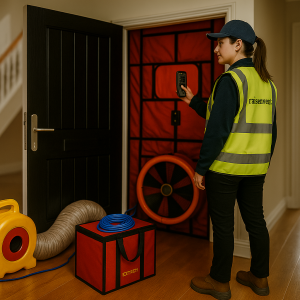L1B SAP Calculations
SAP Calculations for conversions are a vital component of a compliant and energy efficient building. This process compares the energy consumption of an existing building with that of a proposed one. An OCDEA is usually involved. During the process, the client should provide building plans for the assessment and submit them to the assessor. The assessor should then produce the appropriate reports that can be used as evidence for the relevant authorities.
The SAP calculations are based on a desktop exercise and not site survey. Therefore, it is essential to provide accurate information for an efficient calculation. You will need a site plan and plans of each storey. These plans should be drawn to scale of 1:100. Other details you will need to include in the calculations include details of the principal heating and hot water cylinder size, system controls, internal and external lighting, construction of all different floors, insulation, and building products.
Information sources required
SAP Calculations, short for Standard Assessment Procedure, are a necessary part of the design process for new homes in the UK. They have been required since 1995 for all new build dwellings. First time developers and builders can be especially challenged by the process, particularly if the project involves a conversion or an extension. In such cases, information sources required for SAP calculations UK can be invaluable. This article will discuss the sources of information and the process behind conducting these calculations.
The Standard Assessment Process (SAP) is a standard methodology used to measure the energy efficiency of buildings. It can be used to compare the energy consumption of dwellings across the UK. Because SAP calculations use a notional standard of occupancy, they are location independent. As such, they account for differences in the way people use their homes. SAP calculations UK are typically a desktop exercise. The client submits plans and specifications for an assessor to perform the calculations. The calculations are recommended to be carried out at an early stage of the design process to prevent costly redesign of the building.
SAP Calculation Costs
A SAP calculation is required for any new build or extension, but not every extension requires this calculation. A SAP rating is a measure of energy efficiency and is based on the current and proposed energy consumption of a building. A SAP rating ranges from one to one hundred, and anything over one means that the building will export energy. The higher the rating, the less energy a building will use, and the lower the overall cost of running the house.
Part L1B of the Building Regulations outlines a “more flexible” approach for highly glazed extensions. This new assessment method requires building owners to compare the Notional Report with the Proposed Report. The Notional Report will detail the exact U values for the house and the extension as well as the glazing area capped at twenty-five percent. This report will also provide details on any upgrades or additions made to the home or extension.




